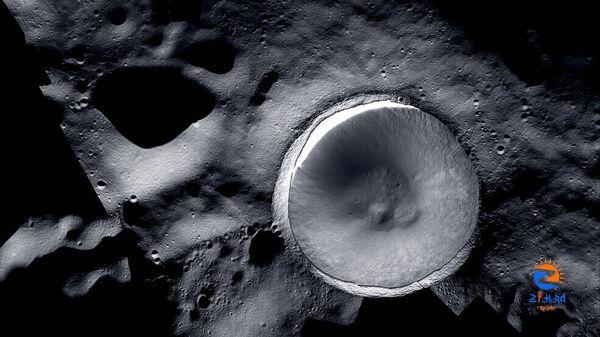
[ad_1]
NASA on September 19 unveiled mosaic of the Shackleton Crater that demonstrates the capabilities of two lunar orbiting cameras working together to provide insight into lunar South Pole region. The image released by NASA was constructed using data from Lunar Reconnaissance Orbiter Camera (LROC) and ShadowCam.
LROC has been operational since 2009 and excels at capturing detailed lunar surface imagery but faces limitations in photographing shadowed regions of the Moon that remain devoid of direct sunlight called permanently shadowed regions.
Also read: Can ISRO’s Aditya L1 mission face any danger after NASA’s Parker Solar Probe faces most powerful CMEs? Details here
ShadowCam is a NASA instrument onboard Danuri spacecraft from Korea Aerospace Research Institute (KARI). It was developed by Malin Space Science Systems and Arizona State University and was launched in August 2022. It is extremely light sensitive, 200 times greater than LROC. This feature enables ShadowCam to unveil features and terrain that LROC cannot capture.
ShadowCam relies on sunlight reflected off lunar geological features or Earth to capture shadowed area images. The high light sensitivity of ShadowCam prevents it from capturing images of parts of the Moon directly illuminated by sunlight, leading to saturated results.
By combining images from both camera’s, researchers can generate a comprehensive visual representation of the lunar landscape and geological characteristics of both the brightest and darkest parts of the moon.
In this mosaic, the permanently shadowed sections, including Shackleton Crater’s interior floor and walls are a result of ShadowCam imagery, while the sunlit areas such as the crater’s rim and flanks, are a result of images captured by LROC.
Also read: Life beyond Earth? NASA finds tentative evidence of life on oceanic body
ShadowCam’s has enabled NASA to capture images of Moon’s permanently shadowed regions with exceptional details. It has provided scientists with a much better view of the lunar South Pole region . Lunar South Pole remains unexplored by humans and hence is of great interest for scienctific exploration. It is believed that it contains ice deposits or other frozen volatiles. Since ice is composed of hydrogen and oxygen which can be used as rocket fuel or for life support systems.
Download The Mint News App to get Daily Market Updates.
Updated: 21 Sep 2023, 02:42 PM IST
[ad_2]